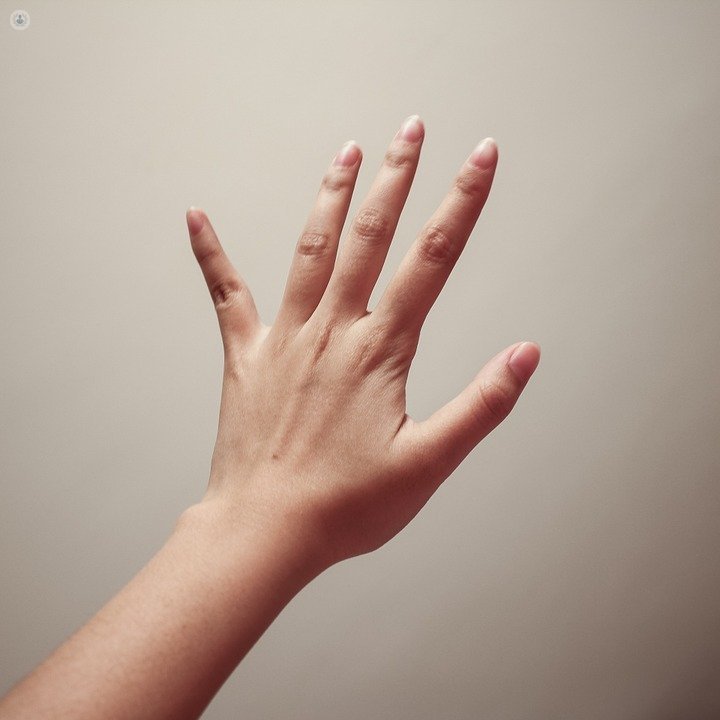How skin pigmentation can be treated using laser technology
Written by:There are various types of laser used for the precise, fast and effective treatment of skin pigmentation. Compared to conventional treatment with cryotherapy or peeling with trichloroacetic acid, laser treatment offers a more efficient procedure, with fewer side effects.

What does the term 'skin pigmentation' refer to?
Part of the process of skin ageing manifests in the appearance of pigmented lesions called 'senile lentigines', but more commonly referred to as liver spots. They are irregularly shaped hyperpigmented areas that may appear on any region of the skin surface. They predominantly appear on areas which are exposed to sunlight (face, hands and forearms) and they affect men and women equally, most frequently from the age of 50.
How does laser treatment work?
Laser skin treatment offers several different kinds of technique and laser. The reason for most discolouration in the skin is an overproduction of melanin. Laser resurfacing targets the damaged tissue and removes dead skin cells, while increasing collagen production on the skin. Collagen is an essential part of healthy, even skin as it keeps it uniform and supple. If melanin increases and collagen decreases, this results in brown spots appearing on the skin.
Laser treatment removes the problematic area while encouraging new skin to grow in its place.
Does the treatment have side effects?
The side effects of the treatment of pigmented skin lesions are as follows:
- immediate itching (which disappears in a few minutes).
- swelling (especially if the eyelid region is treated).
- the appearance of brown or purple speckles that disappear after about 7- 10 days.
- residual erythema which disappears in 4-6 weeks.
In rare cases, post-inflammatory, hyper-inflammatory or hypopigmentation (loss of skin colour) may appear, usually in tanned individuals and/or those with skin phototypes III and IV.
The development of a secondary infection is exceptional, however, as once the treatment is finished, the use of a topical antibiotic cream is recommended. Occasionally, when liver spots are very dark, the treatment should be repeated 1 month later to obtain the best result. Particular care should be taken with tanned patients. Whenever possible, an initial test should be performed and a topical depigmentiation cream used prior to treatment.


